Table of Contents
Best dash cam 2019: 10 car-ready cameras for peace of mind
Dashcams give you peace of mind when you’re out and about driving. You never know when you’ll need footage from your windshield – but you’ll be glad to have it if you do.
Want a great deal on a dash cam? With Amazon Prime Day 2019 just around the corner, we may well see one of these models drop down to a new low price point. We’ve already spotted a few neat deals ahead of the big event, so it’s well worth keeping watch for other bargains we unearth…
Finding the best dash cam in 2019 can feel overwhelming. There’s no shortage of models out there, both from well-known names and smaller firms producing very keenly priced rivals, and, to make things even more confusing, many companies make more than one model. It’s no wonder some of us have given up and resorted to using a GoPro on the dash instead.
But, once you do a little research and find the best dash cam for you, it can be one of the most crucial bits of tech you own, coming in handy in the event of an accident or in case something really amazing happens on the road that helps you become YouTube famous.
We’ve sifted through some of the top dash cams to nail down the very best dash cameras for 2019. It’s important to point out that dash cams are much more than GoPros mounted on your car’s dashboard; these are car-ready cameras that perform some critical functions and can even help you save time and money that would be better spent going back into your vehicle.
Whether used to provide evidence to your insurance company or help you avoid paying for a crash-for-cash scheme, dash cams provide some peace of mind wherever your journey takes you.
Best dash cam: what to look for
Generally the best dash cams have similar technology to one another, and, for the most part, mount somewhere along a car’s front windscreen or windshield. Of course, wherever you place your dash cam must not block your view of the road.
The advent of rear-facing cameras (or complete kits that contain both front and rear) require a little extra instillation, as these often involve cables that run from front to back. Expect some fiddly work involving the car’s headliner to get these fitted correctly.
Dash cams record smaller snippets of footage, usually in increments of one to two minutes at a time. The cameras continually record over the oldest clip in order to keep the memory card from filling up as well.
While older models typically required the user to manually save or tag the appropriate clip in the event of an accident, new G-Sensor-based incident detection technology has taken over, and now takes care of this automatically.
There are also dash cams that boast additional features that, just like any other technology, translate to a higher asking price.
There are also dash cams that boast additional features that, just like any other technology, translate to a higher asking price.
These extra features can include multiple lenses for front- and rear-facing coverage, together with a more refined sensor for better video quality. Some cameras only record 720p HD footage, for example, while many others now offer Full HD (1080p) and 4K capture. Night vision and built-in Wi-Fi or Bluetooth for easy file transfer may also be included.
A rise in popularity of voice control has also made its way over to the humble dash cam, so expect Alexa integration and other such voice-activated technology at the very pinnacle of the range.
Numerous parking modes are also possibilities. These use a time-lapse feature as a surveillance function to capture details of those irksome car park prangs when you’re off running errands.
Whenever we get a new dash cam review in, we’ll update this list with more of the best we’ve tested. Keep reading to find out which rank among the best dash cams 2019!

Best dash cams in 2019
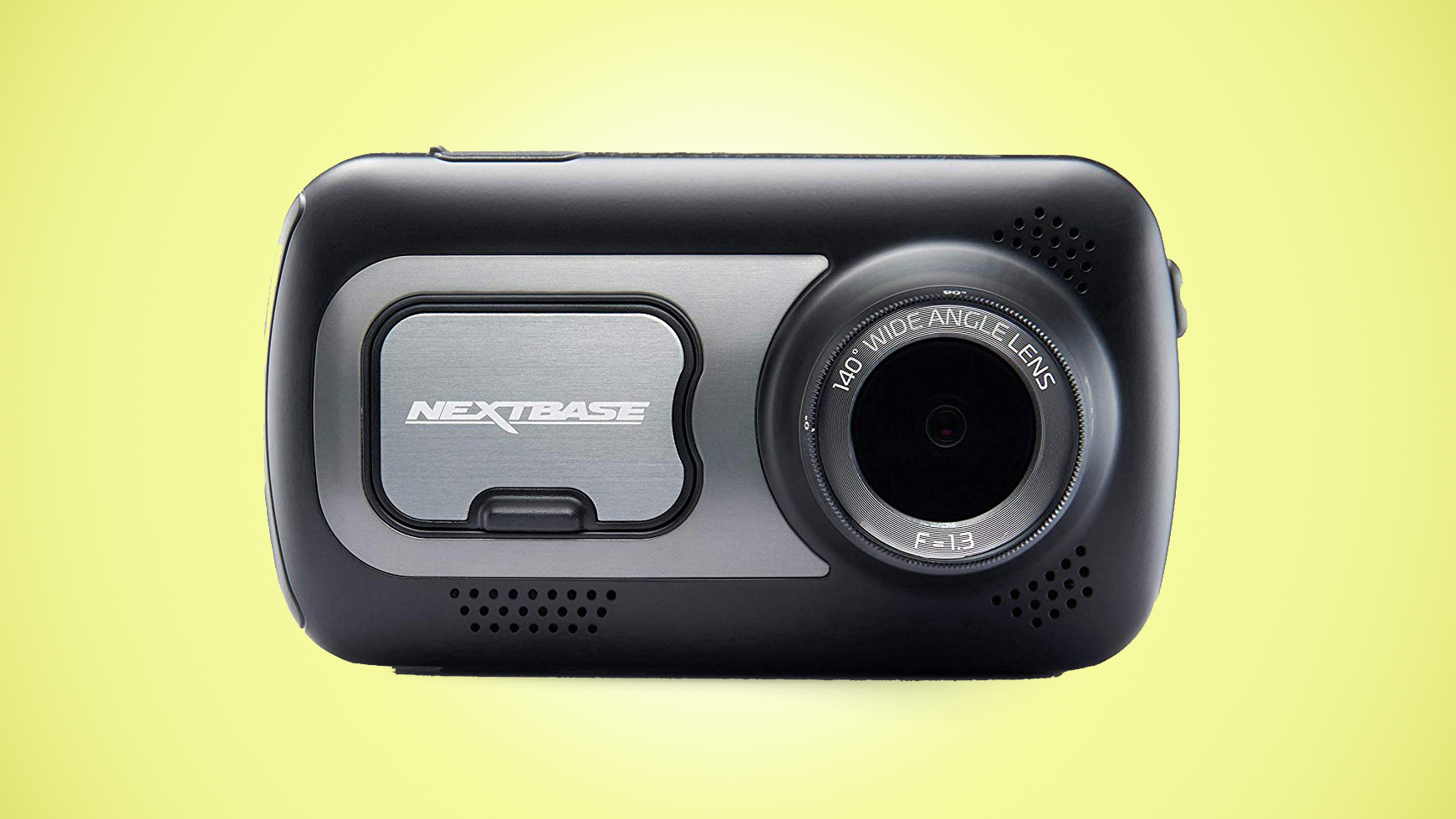
Nextbase has long been a name associated with top-quality dash cams, and its latest Series 2 range is arguably the best yet. This top-spec 522GW model does the basics very well, thanks to a crisp 1440p HD resolution and wide-angle lens, but also throws in plenty of additional features.
There is a reactive three-inch touchscreen at the back, as well as the option of using the built-in Alexa functionality. Currently, users can ask Alexa to play music, place calls and listen to audiobooks through connected devices, but they’ll soon be able to use an upcoming Dash Cam Skill to command it to ‘start recording’, ‘stop recording’, ‘protect a recording’ and ‘send to my phone’.
That all might seem like a bit of a gimmick and, to be honest, we didn’t use it all that much, so it is lucky that the remainder of the UX is extremely simple. Videos can be quickly and easily shared to a smart device via Bluetooth and Wi-Fi, while a clever Emergency SOS system will alert the emergency services of your location and other details if you prove unresponsive following an accident.

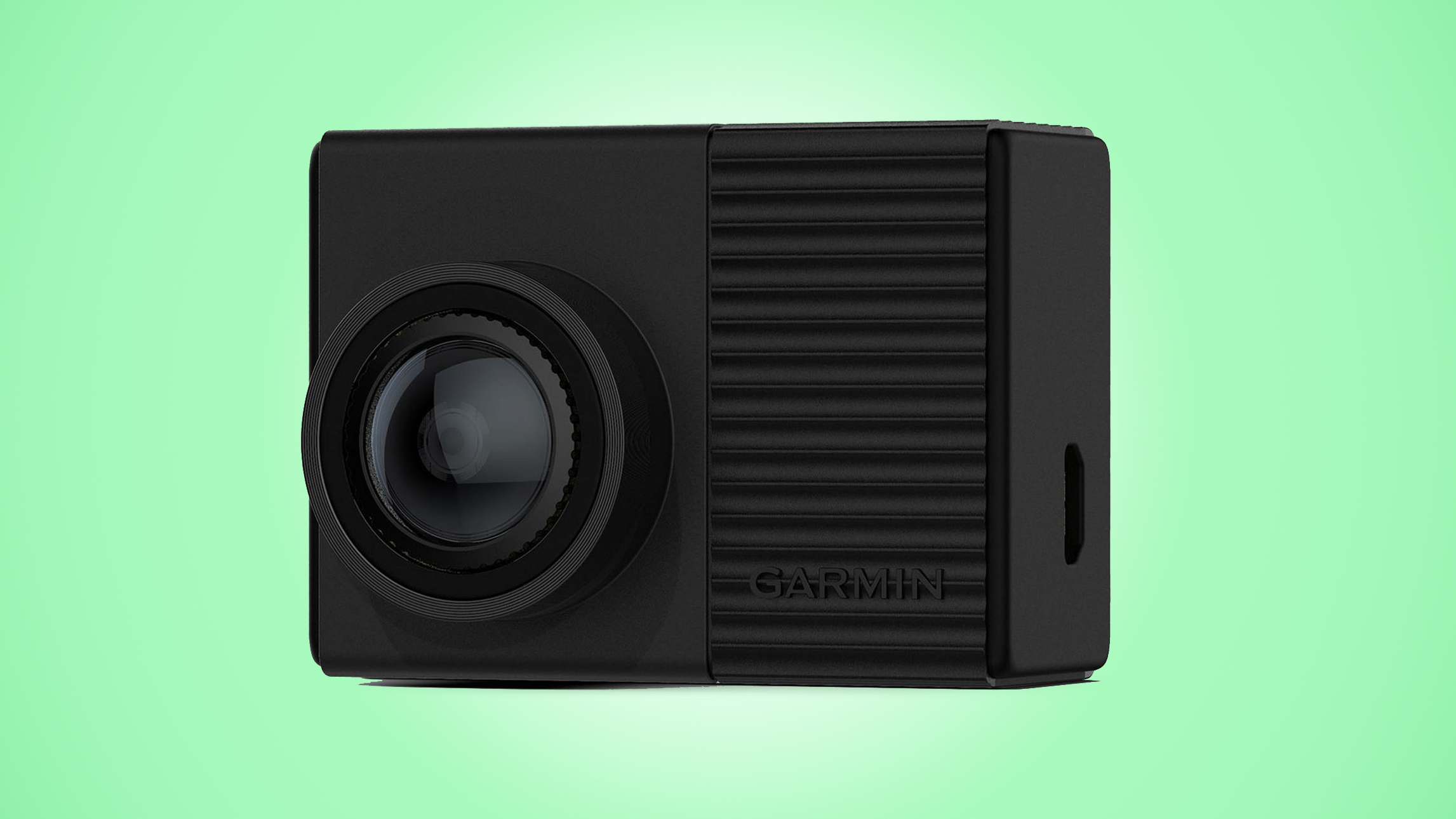
We’ve often rated the Garmin dash cam offerings for their ease of use, and new to the party is its concise line of cute, inconspicuous dash cams, which piggyback on the marque’s action camera user interface but boast plenty of features that make them a valuable assistant on the open road.
This more expensive and latest 66W unit is the one to go for in our eyes, simply because the inclusion of the massively wide 180-degree viewing angle lens makes it the master of capturing everything that’s going on ahead – although there is some distortion at the very edge of the frame.
There are very few dash cams that don’t automatically record and save footage when a built-in G-sensor detects and accident and that’s exactly what Garmin has implemented here too.
On top of this, users can operate the 66W using voice commands, such as ‘OK, Garmin, save video’ and ‘take a picture,’ but we found this system a little clunky when out on the noisy motorway.
Footage is largely excellent and performance in low-light situations is very good but arguably its greatest appeal is the neat and tidy package. It is small, inconspicuous and doesn’t cost the earth.

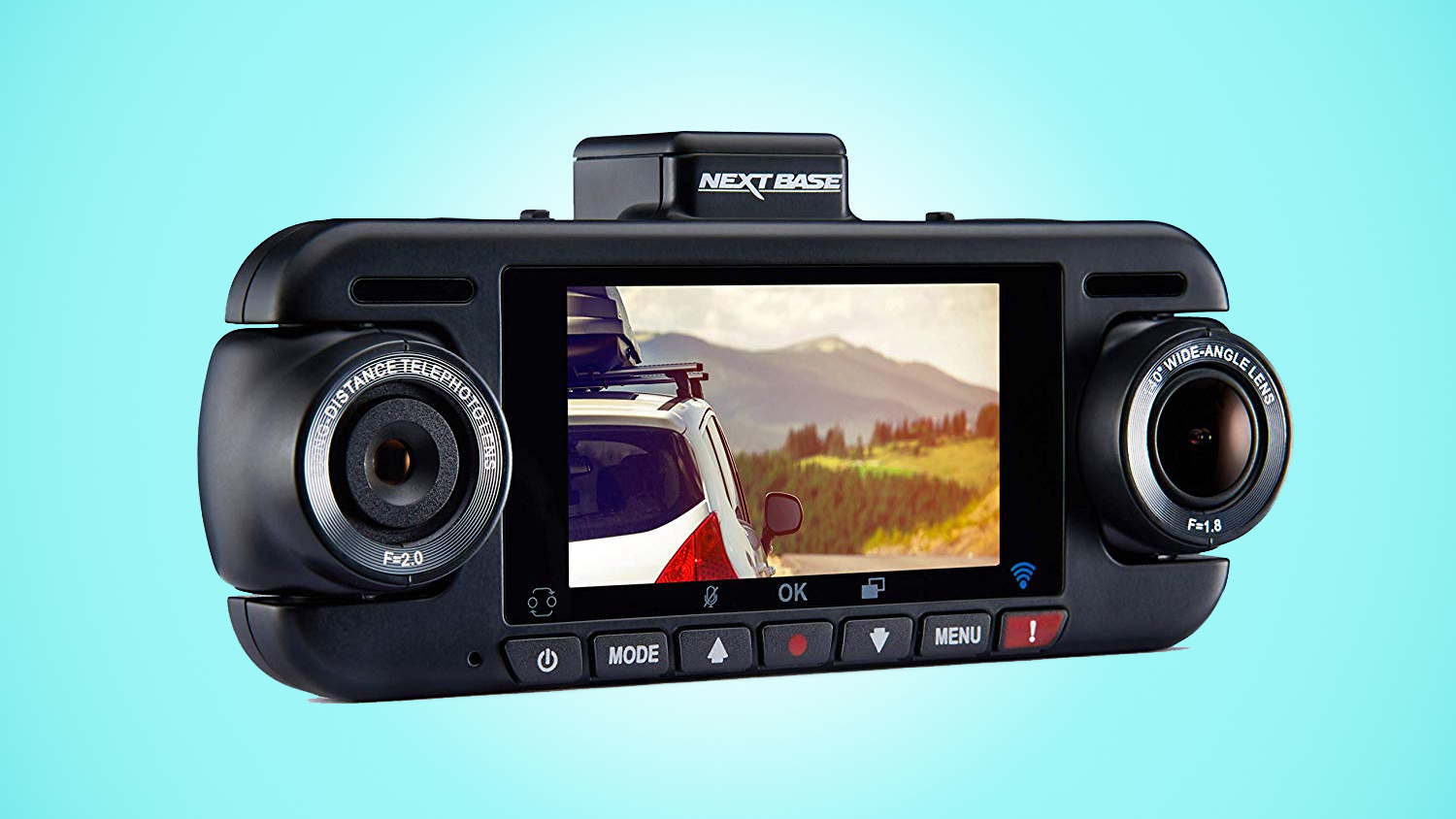

This Nextbase dual camera has proved popular over the years, purely because it offers both front- and rear-facing coverage in one (albeit bulky) unit, as opposed to running unsightly wires to a separate unit in the rear windscreen.
The Wide Dynamic Range (WDR) image processor makes low-light and night-time recording possible, while the crystal clear 2-inch display makes it simple to interact with menus and change settings before you head off.
Resolution has been bumped up in this upgraded model, now recording at 1080p HD, rather than the poor 720p of old. Thankfully, the unit still cleverly stitches both front and rear imagery together into one handy, side-by-side film for easier reviewing.
Naturally, the Nextbase Duo features a loop-recording function, which will automatically delete older files as required. But it will also automatically detect and incident and save important clips to the on-board microSD card, which you’ll have to provide yourself.
It also features a built-in GPS module, which allows for the vehicle’s exact route, speed and position to be recorded, while a date and time stamp embedded on to the recorded footage provide further additional evidence.
Previously, users would have had to use desktop software to save clips, but Nextbase has added its simple Wi-Fi connectivity, meaning it is now possible to download direct to a smartphone via an app.

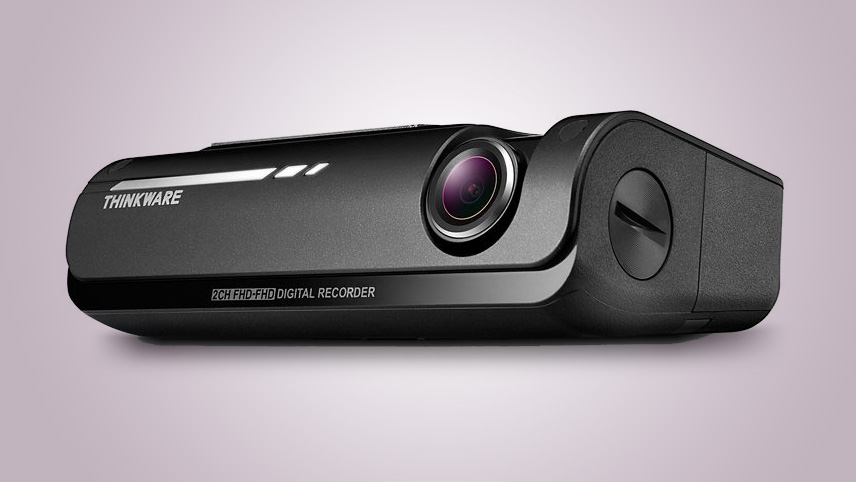
Thanks to an excellent 2.19MP Sony Exmor CMOS sensor and Full HD recording, the TW-F770 has cracking video footage as its star attraction – although a handful of extra flourishes provide an added bonus.
Designed to be mounted just beneath the rear-view mirror, the TW-F770 features just a few small buttons and no external screen. The reason? It can be linked to a smartphone via its on-board Wi-Fi.
This enables clips to be quickly and easily sent to a smart device, should you need to access them quickly, but it does add an additional step to any settings and menu changes.
A Super Night Vision feature boosts low-light settings for improved image quality at night, while a neat Time Lapse feature acts as a CCTV camera when the vehicle is parked. Bear in mind that this mode will require hard-wiring the unit into the vehicle’s power supply, however, as is the case with most cameras featured on this list, rather than simply using a standard 12V lighter adaptor.
An on-board GPS tracker, as well as speed and upcoming red traffic signal warnings make this a very accomplished piece of kit.

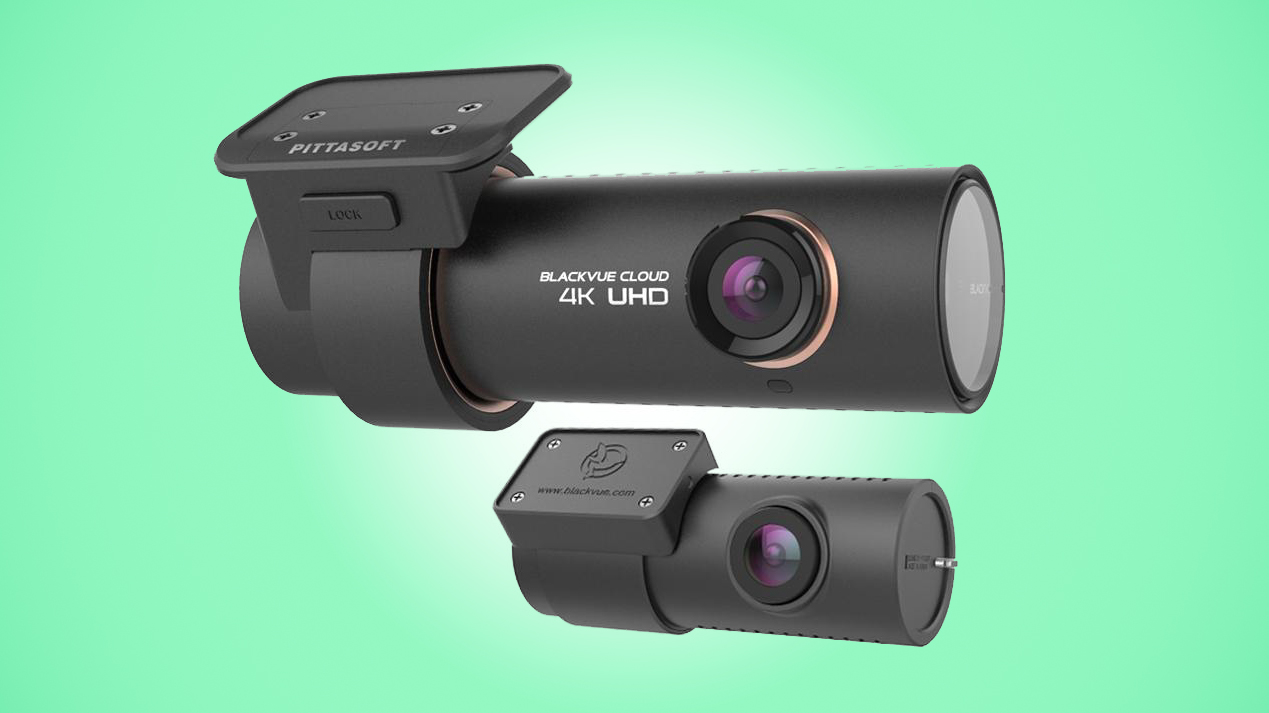
Those doing high mileage on a regular basis, braving all conditions and types of roads, will likely want to part with a little extra for their dash cam. We’re not suggesting the camera needs to boast lots of fancy gizmos and superfluous tech, but spending a bit more means image quality is improved.
This is very handy in the case of an accident, especially in a hit-and-run scenario, where reading a number plate from a distance and making out any distinguishing features can be the difference between catching a perpetrator and ending up with a hefty insurance claim.
Sitting very much at the premium end of the dash cam spectrum, this package from BlackVue includes front- and rear-facing cameras, both of which capture the action in HD quality.
Its circa-£500 price tag might feel incredibly steep for a dash cam, but this is the only camera to feature an 8MP CMOS sensor up front and a high-performance Sony STARVIS CMOS sensor in the rear camera. As a result, the footage is undeniably the best on the market, day and night.
The 162-degree field of view feels absolutely perfect for the task in hand and rids the resulting footage of that awkward fisheye look that some wider-angle cameras suffer from.
Paranoid owners can also make use of BlackVue’s advanced intelligent park mode, which essentially carries on recording when the vehicle is powered down. This is possible thanks to the Power Magic Pro, which is wired in to the vehicle’s battery and ensures the dash cam doesn’t deplete reserves when recording overnight.
You can expect all of the obvious features, too, including built-in GPS, incident detection and the ability to send clips to BlackVue’s bespoke smartphone app via the on-board Wi-Fi.
Alternatively, users can make the most of BlackVue’s over-the-cloud storage offering or remotely check in on a parked vehicle (via the app) and view real-time footage from the camera.

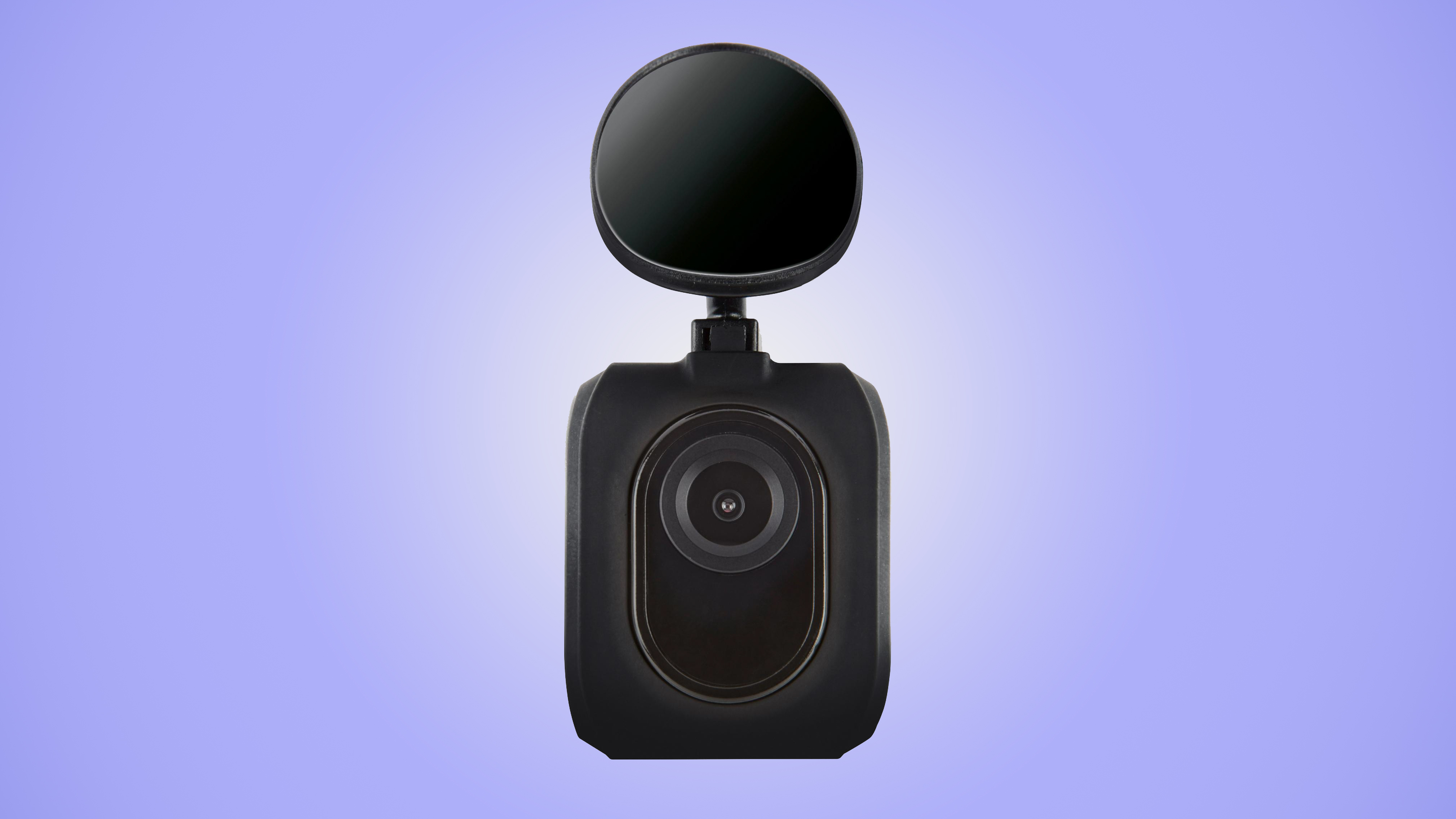
In essence, Halfords has re-badged a fairly common dash cam package that can be found from numerous Chinese manufacturers. Here, customers get a 1080p-capable camera at the front with an optimum 150-degree viewing angle.
Wide Dynamic Range technology ensures that footage is crisp and clear, even in low-light situations. However, the 720p recordings from the wider 180-degree rear camera aren’t quite as good.
A reasonable 3-inch screen on the rear of the front camera makes it easy to review footage on the fly, but Halfords also offers an accompanying smartphone app and built-in Wi-Fi capability for easier downloading.
Initial setup can be a bit of a pain, but that’s nothing new for these dual-camera systems, as trailing wires need to be hidden in headliners etc. The only bonus here is that most Halfords stores will do all that for you – for a small fee.


Dash cams aren’t exactly desirable products, but there’s something quite nice about the texture casing on this little Motorola option. It’s small too, which means it’s possible to discreetly stash it behind a rear-view mirror.
The 1080p video footage is good and the built-in stability control irons out most bumps and shudders in the footage caused by potholes and terrible road surfaces. A low-lux sensor performs well in low-light situations and the 3-inch rear touchscreen is nice and crisp, which makes it nice and easy to access menus.
Motorola also throws in the required suction mounts (but you’ll have to buy a microSD card) and the free Hubble Dashcam App, which is available on Android and iOS, makes for seamless Wi-Fi footage download.
There is a distinct lack of additional flourishes, like driver assist warnings and the ability to alert a sleepy driver, but it will automatically detect a shunt and begin recording. Plus, the addition of GPS logging at this price point feels very generous.
Our biggest bugbear with the unit is the bulky suction mount, which feels like overkill for the microscopic 9x4cm dash cam and makes the entire set-up feel a bit cumbersome compared to the sleeker, more expensive models on this list.


A dashcam isn’t exactly the sort of thing you purchase for its smouldering looks, but the Cobra CDR 840 is one of the very few units on this list that seems to have been designed with aesthetics in mind.
The rear touchscreen may be small, but it’s sharp and very easy to navigate thanks to a simple joypad-style switch interface, with a clearly labelled, bright red button for manually saving important clips.
Built-in GPS will take care of speed and location, while the G-Sensor tech will automatically save clips should the device detect an accident.
The GPS system can prove a little touch-and-go if satellites are difficult to reach or if adverse weather is playing havoc with the signal, but this is another unit that’s very quick and easy to set up, with minimal on-going attention required.

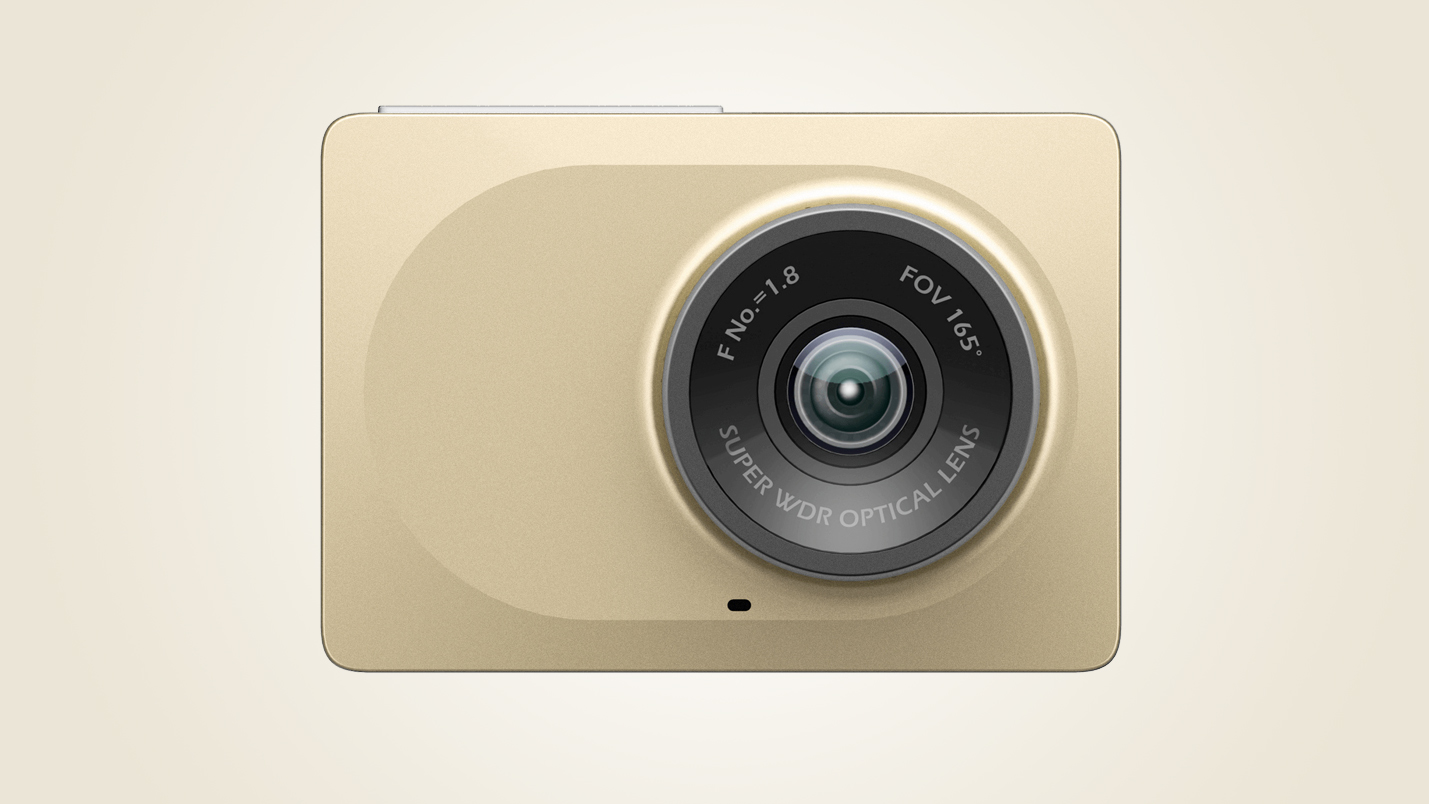
Yi is a recent entrant into the action camera arena, and it’s also busy plying its trade in the world of dashcams with some neat units that cram a large amount of technology into tiny shells.
The huge field of view on its Smart Dash Camera model means it can monitor the surrounding area and even warn the driver if the vehicle is straying out of its lane. On top of that, a forward collision warning sounds if the device senses an impending impact with the vehicle ahead.
This is all part of the Advanced Driver Assistance System (ADAS) package, which works in conjunction with G-Sensor technology, and it allows the camera to automatically record and save clips in an emergency situation.
An impressive all-glass, high-resolution lens and f/1.8 aperture means that video recorded in low-light situations is crisp and clear too. The lack of GPS is a bit of a shame, but this is still a commendable unit at a great price.

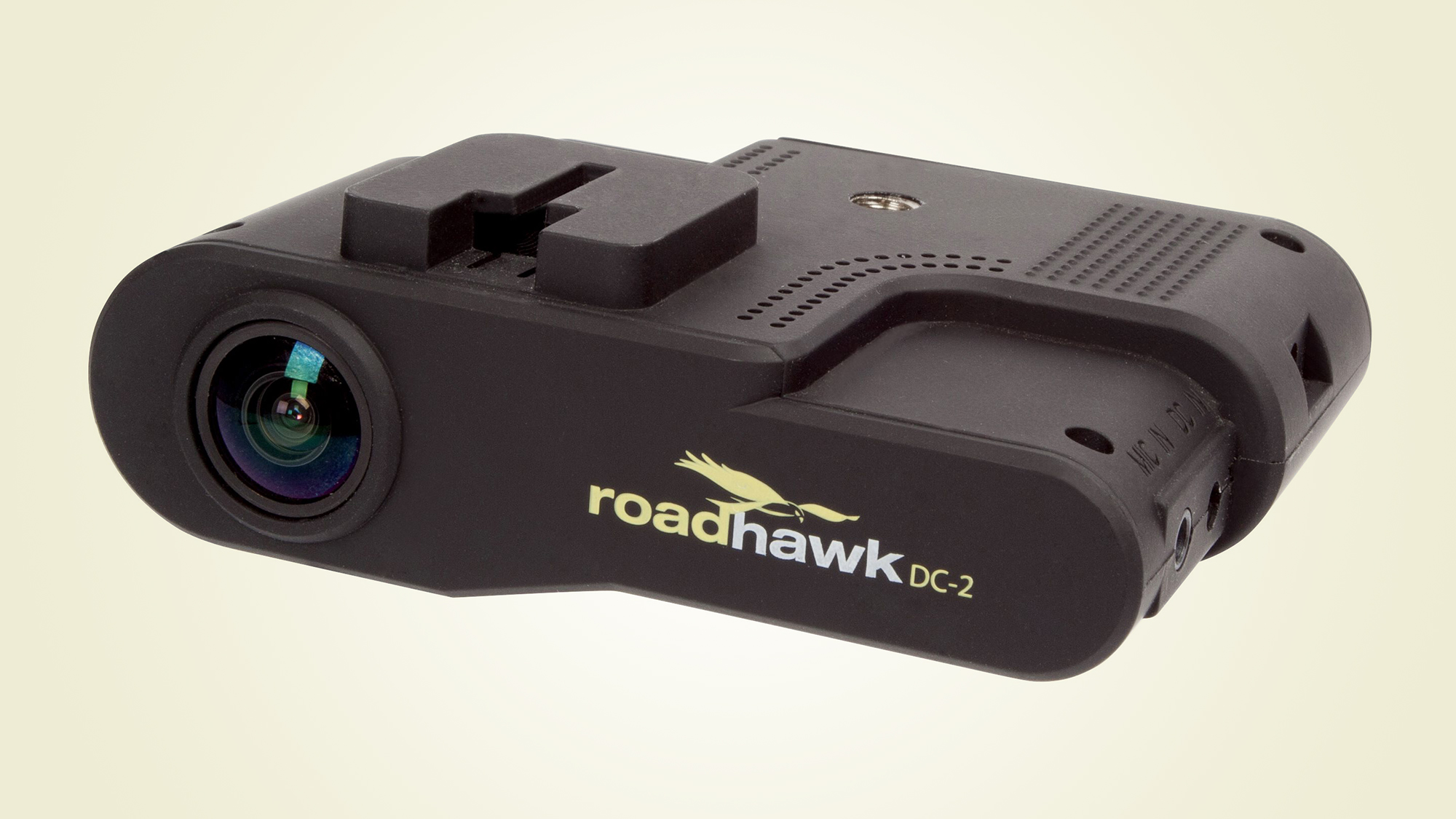
Simplicity is the name of the game here, and what the RoadHawk DC-2 lacks in exterior looks and additional features – there’s no LCD, for example – it more than makes up for with great image and audio quality.
Gyro-balanced image stabilization and a high-quality sensor team up to create excellent footage – even in low-light scenarios – while an audio-in connection allows additional microphones to be added.
GPS technology is included to take care of speed and location data, although an external GPS antenna connection is also offered should you require a more powerful and reliable signal.

Also consider…
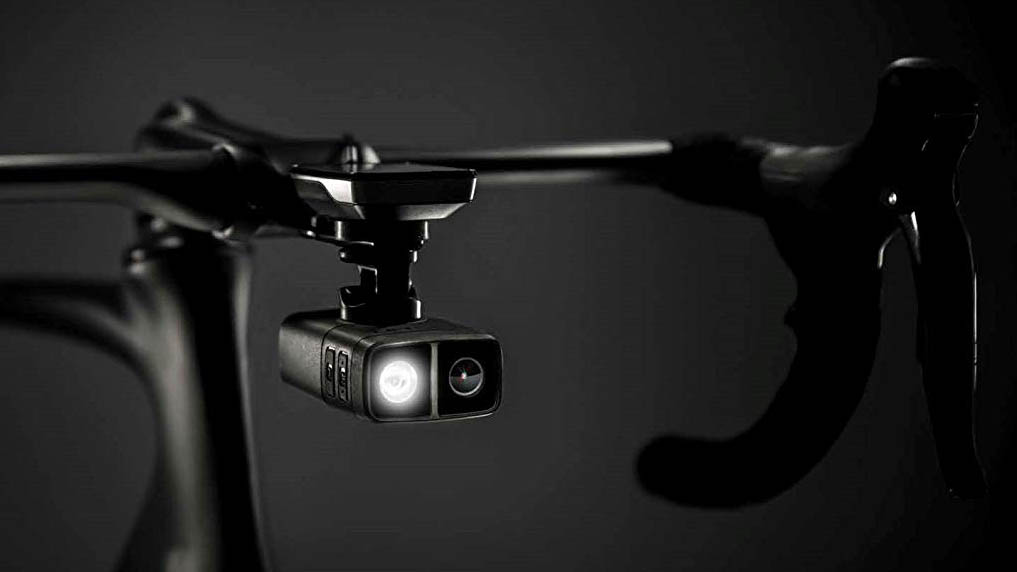
The Fly12 CE from Cycliq isn’t a dash cam for you car, but for cyclists. Packing a 600 Lumen front bike light, the Fly12 CE can record in Full HD footage at up to 60fps in either 5-, 10- or 15-minute segments, while the 6-axis image stabilization system delivers smooth footage.
One very neat feature is the Incident mode. If the Fly12 CE tilts over 60 degrees – falling off your bike in most instances – it will automatically lock and store the footage immediately before and after.
Thanks to ANT+ connectivity, you can connect it to your Garmin cycling computer to control the Fly12 CE on the go. There’s also a handy app as well that provides greater control over the camera/light.
Waterproof down to 1m, it should stand up to some wet rides, while the battery life is good for 8 hours (4-5 hours if you’re going to be using the light as well).





